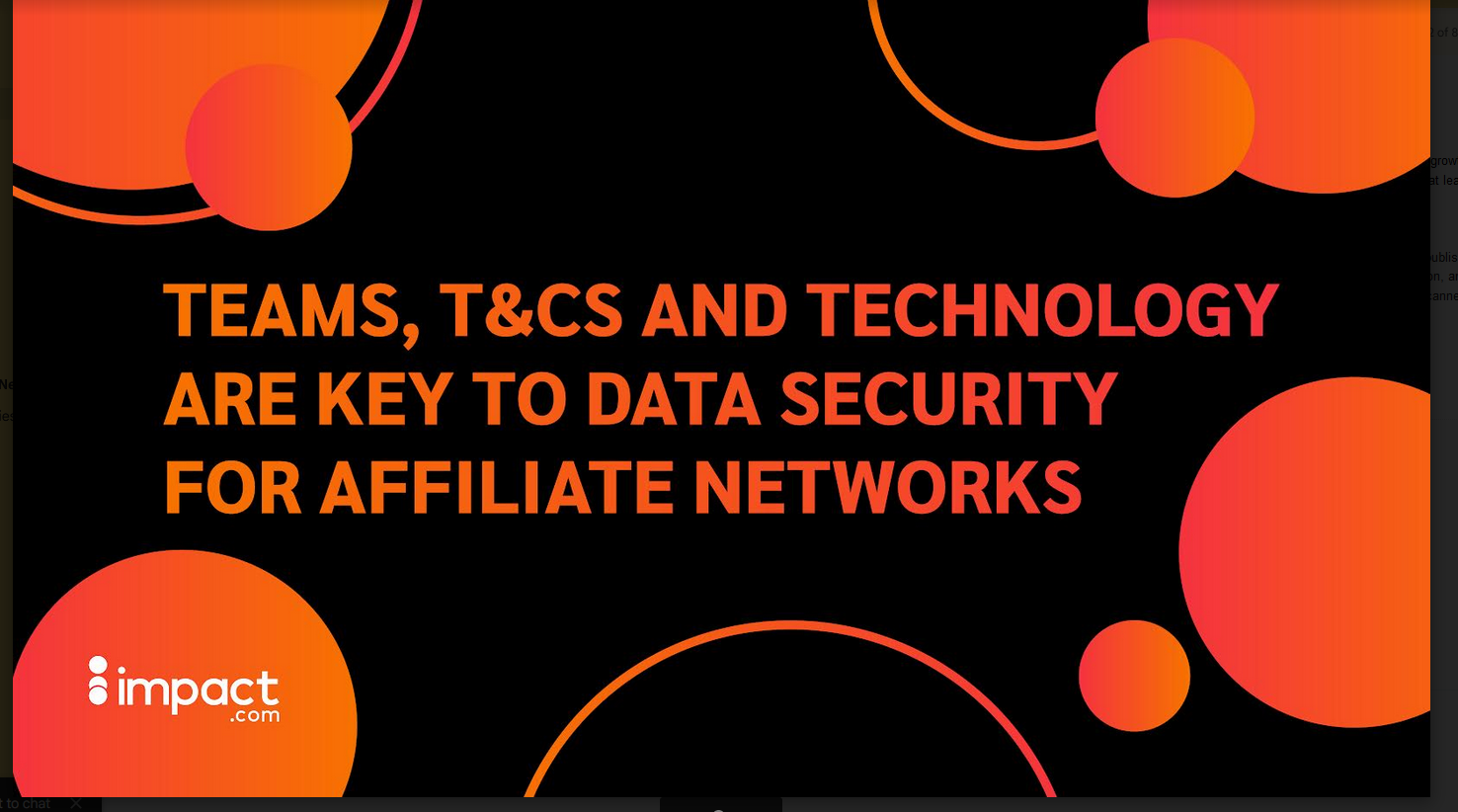Diligence, T&Cs and Technology Are Key to Fraud Prevention for Partnership Networks

Driven by demonstrable returns, brands frequently turn to partnerships to drive revenues – but like all forms of digital marketing, partnerships can fall prey to fraud.
Partnerships are a major driver of revenue for increasing numbers of companies, with a mature partnership program adding, on average, 28+% to a brand’s bottom line: that means $162 million worth of incremental revenue for companies with high-maturity programs.
Recommended: We Need to Think Differently – Your Hybrid Connectivity Isn’t Really Hybrid
But like all digital marketing, aspects of partnership marketing are attractive to fraudsters, and addressing the fraud issue should be a key priority for those with partnership networks, as its impact on brands goes beyond just lost revenue.
In practice, this fraud is multi-faceted. It can be click fraud – with bots mimicking humans to generate clicks the fraudster gets paid for; click spoofing – allowing bad actors to be attributed to driving future activities even though they added no value; or cookie stuffing, with fraudsters dropping cookies on a user’s browser when they visit their site. But it’s also malware, hidden landing pages, URL hijacking – the list of fraud types goes on.
So, how should platforms be addressing this?
Well, it comes down to focusing on preventing fraud – ensuring the correct processes and systems are in place and that you’re investing in technology to safeguard your business. More specifically, companies should:
- Define what’s acceptable. In the case of affiliate marketing, an obvious common-sense step is to ensure your affiliate terms and conditions define unacceptable behavior and the consequences for not abiding by them. Your teams play a crucial role here in tackling the issue. Ensure they’re regularly reviewing T&Cs and are trained on what to look for when detecting fraud, so they know how to respond.
- Enforce it. Ensure your approach holds those committing ad fraud accountable by having defined action plans around non-compliance, whether it’s accidental ad fraud or blatant violations.
- Do your due diligence. Auto-approving affiliates to join your network is a surefire way to attract fraudsters. Give your teams the time to thoroughly vet new partner requests and establish strict acceptance criteria to keep fraudulent affiliates from getting through.
- Take advantage of technology. Today, you need more than just a reliance on manual approaches, especially as networks grow and program become more complex. And with cyber-attacks on the rise, companies must take better control of their data by prioritizing and investing in fraud detection and prevention technologies.
Having the tools to monitor traffic to spot abnormalities or suspicious traffic, and the high-risk sources associated with them, must be central to how you operate. Also crucial is leveraging detection software to find fake installs, from human or bot-based farms, which use hundreds of hijacked mobile devices to mimic real behavior. And look for opportunities to use technology that allows you to score your partnership program constantly to monitor the health of your network.
You also need the ability to act quickly. As well as identifying and exposing issues, ensure your systems can automatically starve fraudsters of money by blocking and reversing payments for illegitimate leads or conversion events. When fraud occurs, you should be set up to minimize the chance for illegal players to benefit financially.
Technology not only helps you streamline your quality assurance approaches, but it enhances your partner relationship management, helping create a transparent, ‘clean’ and valuable network. Alerting your advertisers to data abnormalities and sharing critical insights highlights your commitment to addressing fraud, which in turn builds their trust and confidence. And, having technologies in place that protect your high-value, legitimate partners strengthens your relationships with them.
Ultimately, fraud is about more than lost revenues. It has enormous implications for a brand’s reputation and can have social consequences by helping fund organized crime, including state-sponsored criminal activities. This is why taking action is so critical.
As partnerships become increasingly popular, managing, planning, controlling and scaling activities and campaigns on a single platform becomes essential. In doing so, brands get a complete picture of performance. But, streamlining and enhancing processes with partners also offers a centralized approach that provides the best layer of security. In doing so, brands will only pay for legitimate leads; rewards go only to quality partners that deliver value; and brands’ advertising teams can focus more on value-added activities and less on policing the network.
Also published in: CIO Influence



